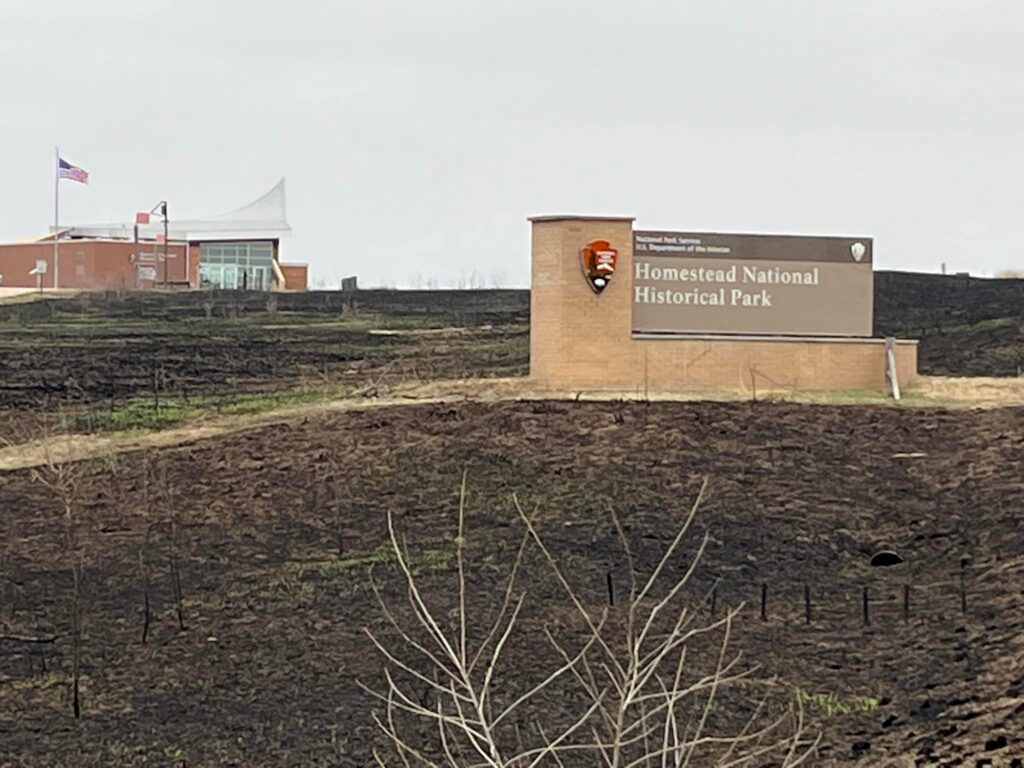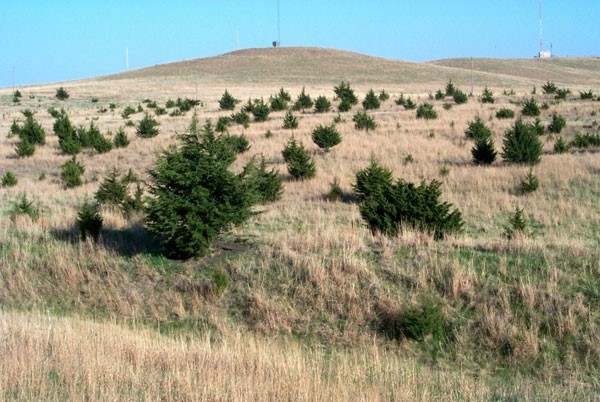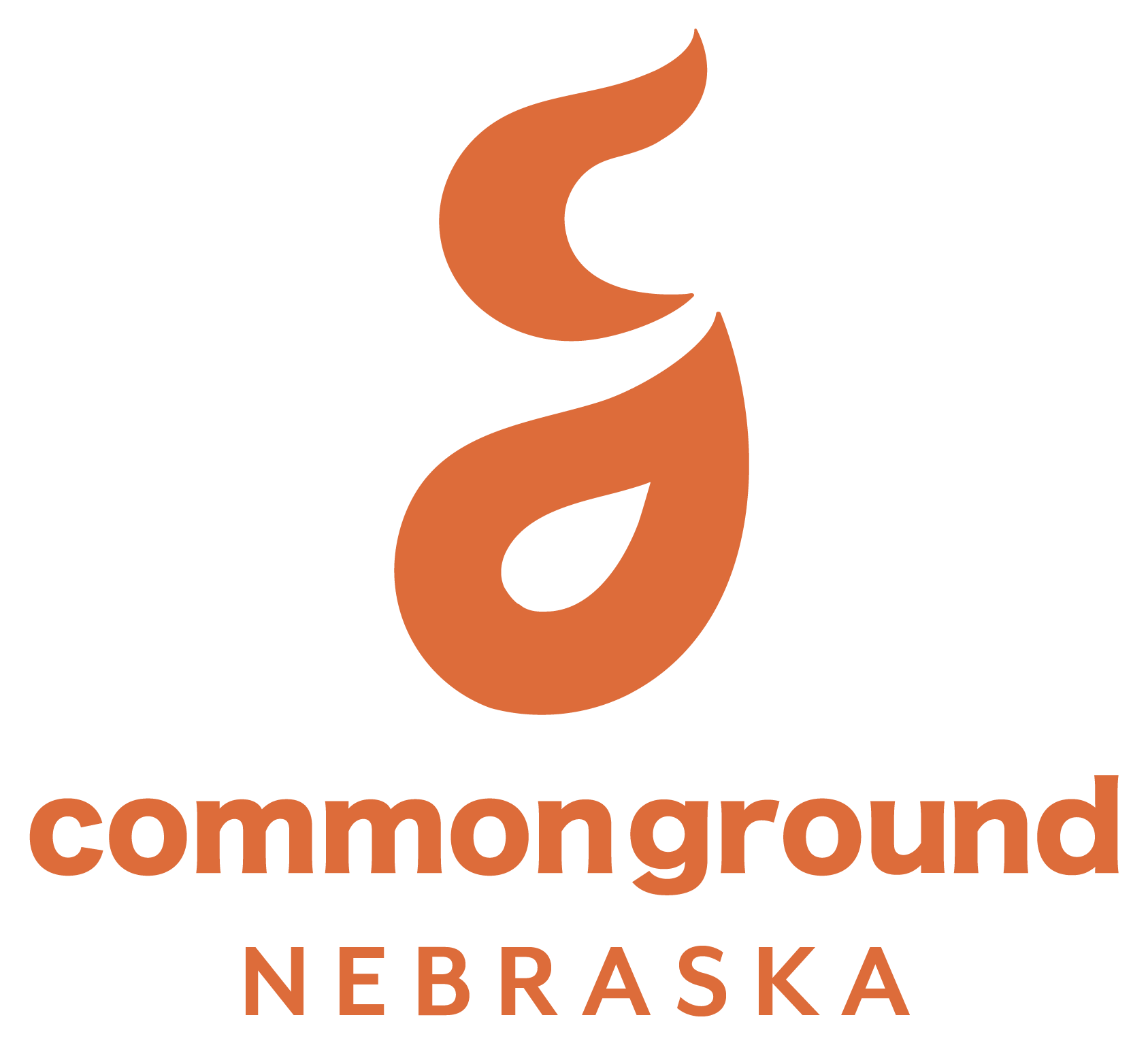Prescribed burning. It may sound like an oxymoron, but a prescribed burn is a valuable tool for farmers and ranchers as they manage grass and rangeland for grazing.
By definition, a prescribed burn is a planned fire; it is also sometimes called a “controlled burn” or “prescribed fire,” and is used to meet management objectives.
Prairie states like Nebraska have native plants on grazing lands that survive and thrive in spite of, and sometimes because of, fire. Prescribed burns are vital for farmers and ranchers as they apply the best management practices to their grasslands. As with any tool, proper use is important for safety and success.
Recently a prescribed burn was conducted at Homestead National Monument near Beatrice, Nebraska. Here is a video describing the process and steps taken for a successful burn.

Why is fire used?
- To promote the growth of desirable species
- To remove unwanted species which threaten native species (for example, the invasive Eastern Red Cedar pictured below)
- To recycle nutrients back into the soil
- To minimize the spread of pest insects and diseases
- To reduce fuel load to protect from extreme fires
When a prescribed burn is used, there is a long checklist of conditions and circumstances that must be considered. On this checklist are items including:
- Weather conditions such as wind speed and direction, temperature, humidity, and mixing height (the height above the ground at which the smoke mixes with the atmosphere)
- Topography of the area to be burned
- Where neighbors are located and what is growing adjacent to the planned burn area
- Ensuring that adequate equipment and trained manpower are available before, during, and after the burn
- Securing all necessary permits and permissions

Fires have been in the news recently, but they are not the prescribed type and have caused a great deal of loss and heartache. Everyone with CommonGround hopes that all those in the path of these destructive fires can recover from this devastation.
Below is an interview with Pure Nebraska where we discussed this topic.
